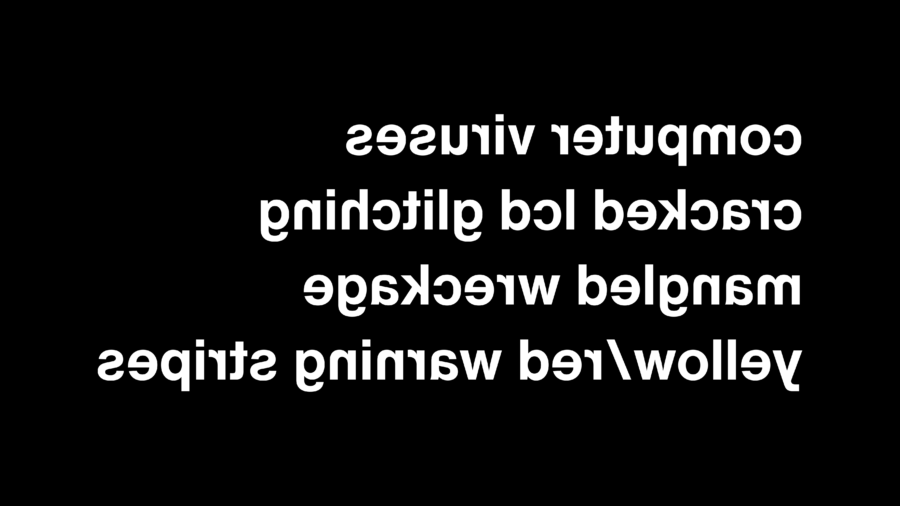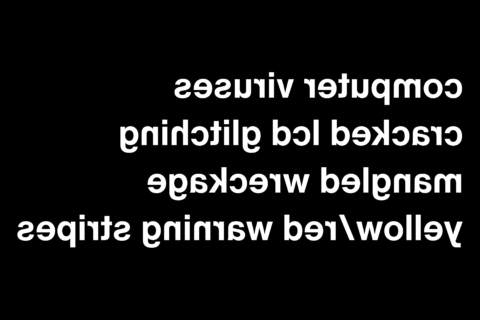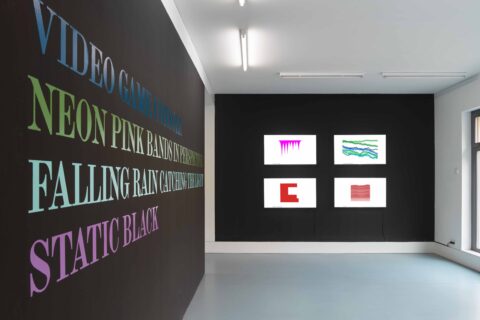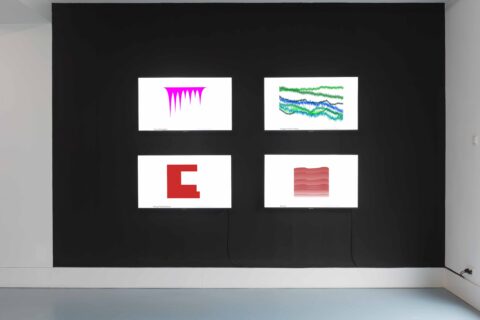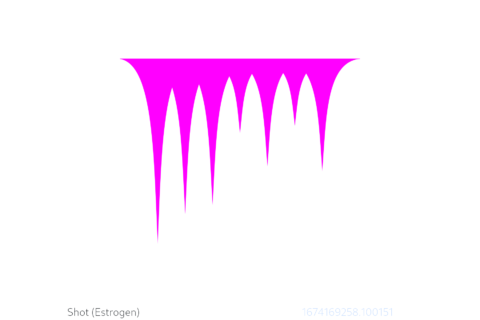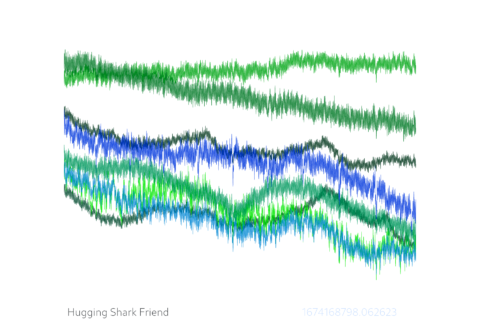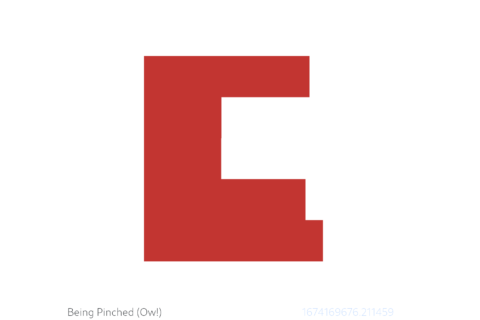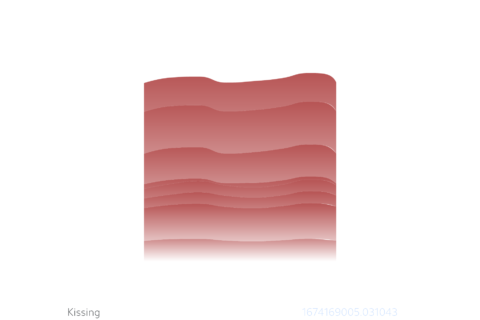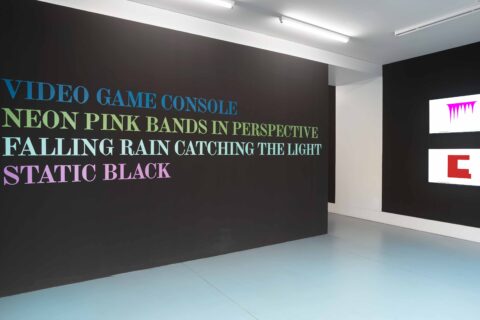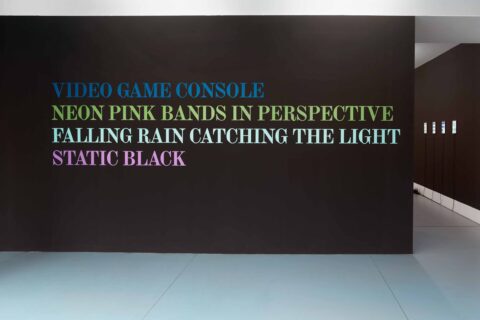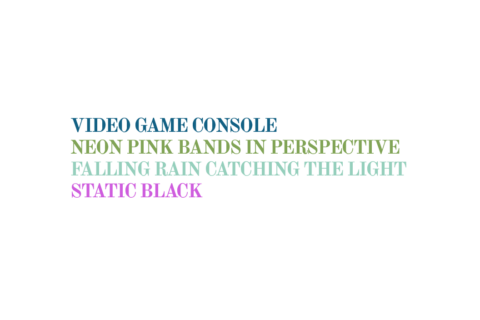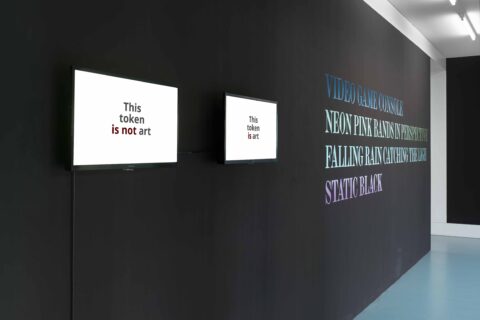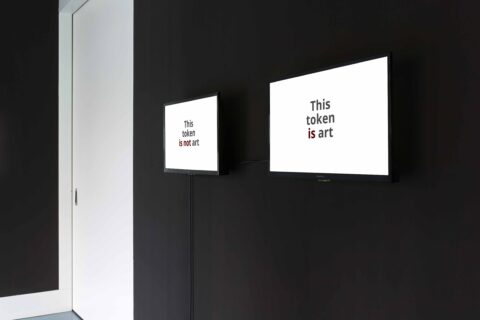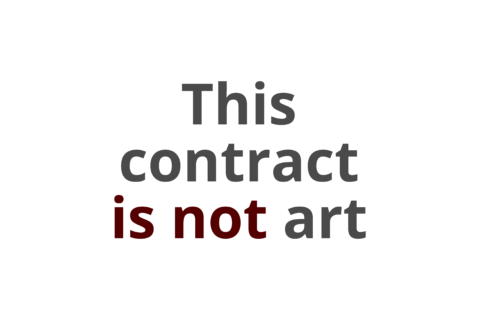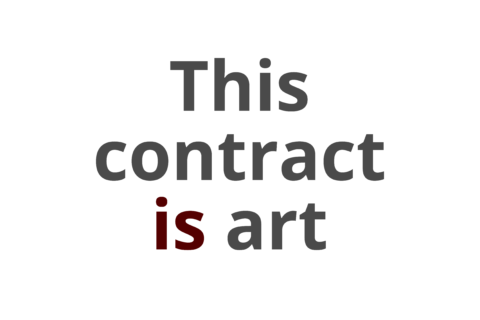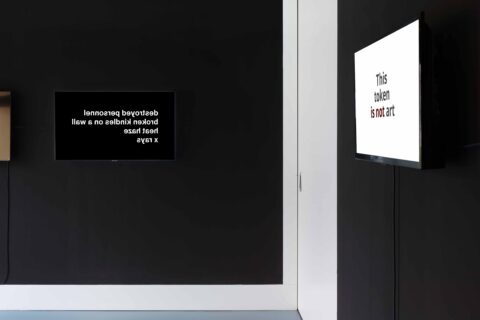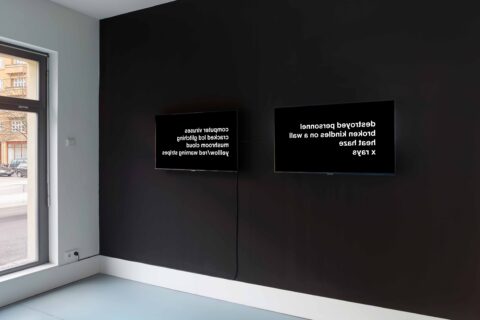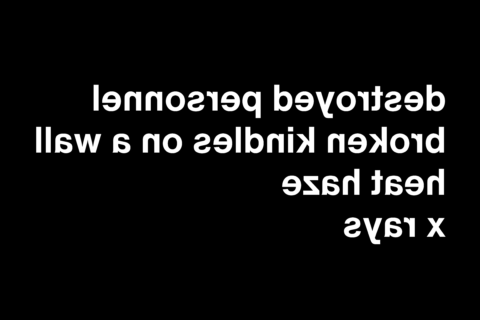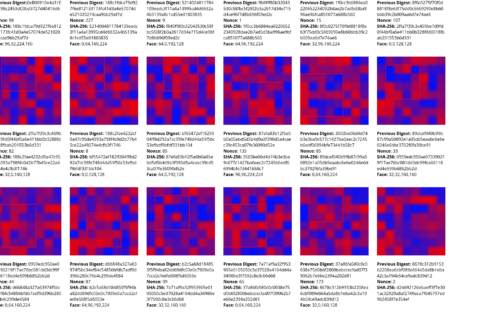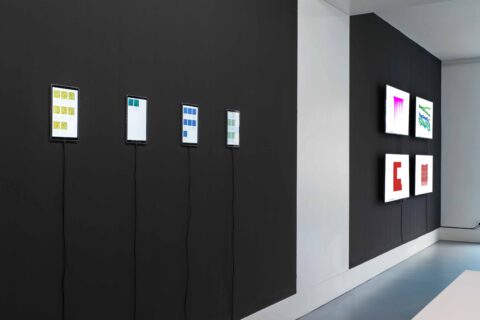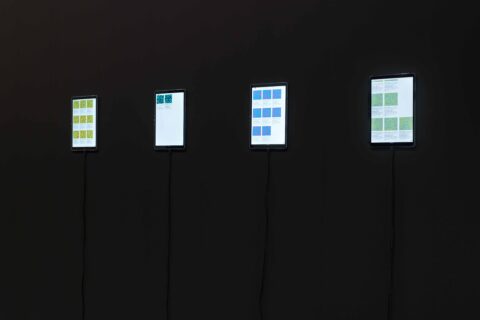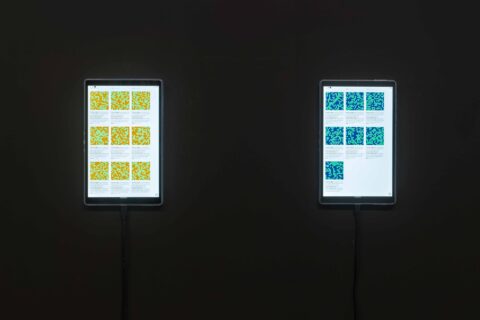Rhea Myers The Ego, And It's 0wned
28/01/2023 – 15/04/2023
Crypto Kiosk
Rosa-Luxemburg-Straße 33
10178 Berlin
Opening / Eröffnung:
Samstag, 28. Januar 2023, 18 – 21 Uhr
Saturday, January 28, 2023, 6 – 9pm
Öffnungszeiten / Opening hours:
Dienstag - Freitag 11 - 18 Uhr, Samstag 12 – 18 Uhr
Tuesday - Friday 11am - 6pm, Saturday 12 – 6pm
Press Release
Galerie Nagel Draxler is pleased to announce „The Ego, and It’s 0wned”, our first solo exhibition with the British artist Rhea Myers (*1973).
Rhea Myers is an artist, hacker and writer at the forefront of critical engagement with technological society through art. Her work has been auctioned at Sotheby’s and collected by Albright Knox Gallery. Since 2014 she has been building dialogue between the critical possibilities and failings of the artworld and the blockchain space. The art (and theory, and stories) she has produced builds understanding of our changing world through the lens of modern cryptography and the gaps between the aesthetics and ethics of its systems by placing technology and culture in mutual interrogation.
In her first solo show at Nagel Draxler, Rhea Myers continues her deep dive into systems of property, representation, identity and secrecy using the blockchain as a plastic medium for the creation of symbolic form.
The Ego, And It’s 0wned
The NFTs of The Ego, and It's 0wned (2022) combine EEG brain wave recordings of intense experiences with smooth data visualisation aesthetics to produce a critical encounter with subjectivity, representation, and capitalism.
NFTs allow the commodification of previously unenclosed phenomena from the commons of our shared experience. By doing so they expand the reach of the capitalist regime of property and ownership. The recognition of new labouring subjects also ultimately has this effect. Affective labour, cognitive surpluses, minority experience – whatever the critical impetus for formalising each of these concepts may have originally been it ultimately renders them tractable to capital over time.
The application of NFTs to performance art in lieu of an expansion of copyright to cover ephemeral phenomena is another example of this process. Why should performance art or body art be subject to a kind of art historical Cartesian dualism in which the content of the mind and the form of the body are kept carefully separate? The brain is also part of the body. It performs subjectivity. Recognising the immanence of subjectivity in the brain produces a new artistic object of representation. It also extends the reach of cognitive capitalism from the quantitatively extensive to the qualitatively intensive. This can be both embraced and critiqued through art.
Trans people are currently seeing wider social awareness and attention, for good and for ill. Transgender experience is both dismissed and fetishised in the media. This is done by denying trans subjectivity, reducing being trans to a mere performance by an object. Rendering the subjectivity of that experience opaque will allow it to be further commodified. This is the dilemma of representation, in both the social and art historical senses. Taking ownership of this dilemma, ironically intensified via the blockchain, is both a reflection of and a critique of the capitalist logic of property.
This is the diagram of The Ego, and It's 0wned. Each token presents a recording of the artist's brainwaves filtered through the ghost of "quantified self" data visualisations to evoke the subject (and subjects) of modernist art. In doing this, it performs a mutually problematic series of enclosures and objectifications that frustrate simple readings. This is what it is like now. If there is no space for us in technocapital's imagination as subjects rather than as objects then we must détourné its forms to make the same assertion made by every piece of art since Lascaux: I am here.
Is Art Editions
The original Is Art (2014) is an iconic work of early blockchain-based art. Predating the rise of NFTs, it is an Ethereum smart contract that can be instructed by anyone to nominate itself as art (or not). The Duchampian aesthetic transubstantiation of artistic nomination is long played out. It is an art historical found object, as basic as a blockchain program with a single bit of state. Brought together, the art historical and the contemporarily technological (or their audiences) can mutually animate and interrogate each other.
Is Art Editions (2023) uses the aesthetics and code of Rhea Myers’s own earlier work as a found object for expressing her ongoing interrogation of “the anxiety of ownership” as expressed through the ontology of art. Expanding technologically coded artistic nomination to include ownership, identity, time, and other confounding factors, Is Art Editions uses blockchain subcultures as an index of wider socioeconomic concerns.
Facecoin Edition
Cryptocurrencies such as Bitcoin use a "proof of work" system to secure their blockchains. Artworks are proofs of aesthetic work. Both kinds of work are regarded as purposeless or wasteful. Facecoin (2014) creates a simple blockchain in a browser and uses face recognition algorithms to find faces in clouds of data as its proof of work. This machine pareidolia functions as simple image-making, disappointing both the blockchain critic and the art critic equally.
Facecoin Edition (2023) makes Facecoin ownable as NFTs. Each owner’s Ethereum address determines the appearance and content of its proof-of-work blocks, creating a bespoke blockchain starting with their identity as its genesis.
Tokens Equal Text
Tokens Equal Text consists of an edition of 32 Ethereum ERC-998 composable tokens each of which owns four child ERC-721 non-fungible tokens. The ERC-721 tokens have short descriptive texts encoded as their ID numbers. This makes the ERC-998 tokens compositions of those text fragments. The content of that composition can be decrypted if the viewer knows that the token IDs can be misread as text rather than numbers.
That content can be further decrypted if the viewer recognises that these fragments of text describe key visual tropes of the Vaporwave movement. Vaporwave is a 2000s Internet-based musical and cultural genre devoted to the sampling and ironisation of muzak, digital kitsch aesthetics, and consumerist signifiers of wealth and property, from the the long 1980s. Its status as appropriation art puts it in a precarious relationship with the ownership of the sources of its tropes as intellectual property.
The question of whether a given trope fits the aesthetic of Vaporwave is key to the genre's accompanying discourse, with canonical tropes establishing the content of that aesthetic. A composition of textual references to these canonical tropes at least admits of the question "is this aesthetic"? Which is the key question of art and art criticism, however crookedly reflected.
Using Ethereum Web3 browser app code to display the texts of tokens in visual compositions using "aesthetic" (in the Vaporwave sense) typography and colours nudges along a positive answer to that question, and thereby to decryption of the work’s content. It also prevents the recovery of that content from being a mere puzzle. The easy recovery of the work’s content foregrounds the presence of compositional and indexical structure that reward contemplation.
The NFT market demands something aesthetic to own. Tokens Equal Text loops this desire back through references to the complexly unownable aesthetics of Vaporwave in order to both satisfy and frustrate it. By doing so, it places the anxieties of blockchain “true digital ownership” into a state of mutual critical interrogation with the anxieties of the art market.
Recent Press
Charlotte Kent on Titled (2022) for The Brooklyn Rail:
Myers’s conceptual work with blockchain represents the kind of staggering intellectual project that makes this technology an artistic medium impossible to ignore.
https://brooklynrail.org/2023/12/art-technology/Peer-to-Peer
Interview by Samantha Ayson in The Creative Independent:
[Your art] rewards a knowledge and understanding of both worlds. You’re both playing with and critiquing the tension between aesthetic primitives and token standards—NFT art.
https://thecreativeindependent.com/people/visual-artist-rhea-myers-on-art-as-a-playground-of-ideas/
Interview by Benjamin Kandler in Right Click Save:
…for me, smart contracts were an irresistible embodiment of those ideas that relate to wider society, and I recognized the creative language of conceptualism was a really fantastic resource to explore them with.
https://www.rightclicksave.com/article/an-interview-with-rhea-myers
In conversation with McKenzie Wark at Outland:
Myers came to the topic through her own art; she made some of the earliest works on the Bitcoin and Ethereum blockchains, having recognized them as new mediums for exploring the ideas of Art + Language, Lawrence Weiner, and other conceptual artists she admired.
https://outland.art/rhea-myers-mckenzie-wark/
Recent Books
The New Creator Economy https://themassage.jp/en/archives/17039
Crypto Art Begins https://www.thenftmag.io/cryptoartbegins/
Surfing With Satoshi https://aksioma.org/surfing.with.satoshi
